- Computer:
- Webster's Revised Unabridged Dictionary (1828)
COMPUTER, n. One who computes; a reckoner; a calculator.
- Webster's Revised Unabridged Dictionary (1913, pg 292):
Computer, n. One who computes
Then in 1935, computers became machines -- Turing machines.

Alan Mathison Turing (1912-1954)
Computers begin here: "On Computable Numbers With An Application to the Entscheidungsproblem" by A.M. Turing, 1936
Proceedings of the London Mathematical Society. 2 42. pp. 230-65 [36 pages]
 The Alan Turing Home Page by
Andrew Hodges
The Alan Turing Home Page by
Andrew Hodges
 Turing at Wikipedia
Turing at Wikipedia
 Enigma at Wikipedia
Enigma at Wikipedia
 Queen's Pardon, Guardian Dec 2013, NY Times, NBC
Queen's Pardon, Guardian Dec 2013, NY Times, NBC
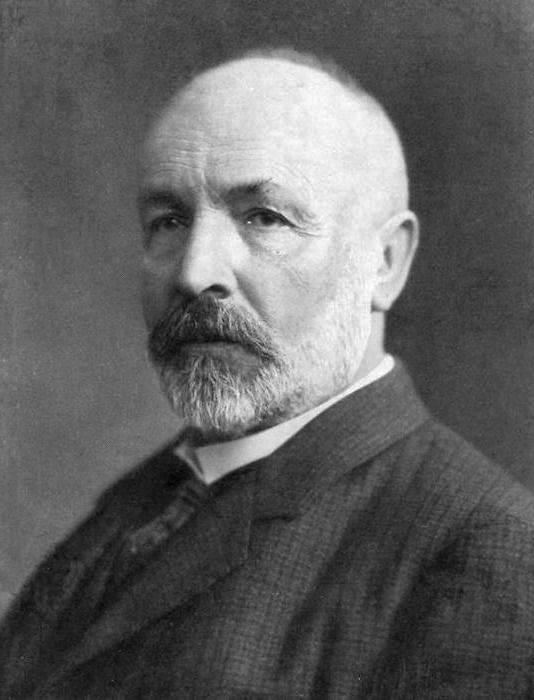
Georg Cantor (1845-1918)
In short: "The integers are insufficient to index the reals" or
"The infinity of integers is smaller than the infinity of real numbers"
So, we have ints and floats (more of the latter)
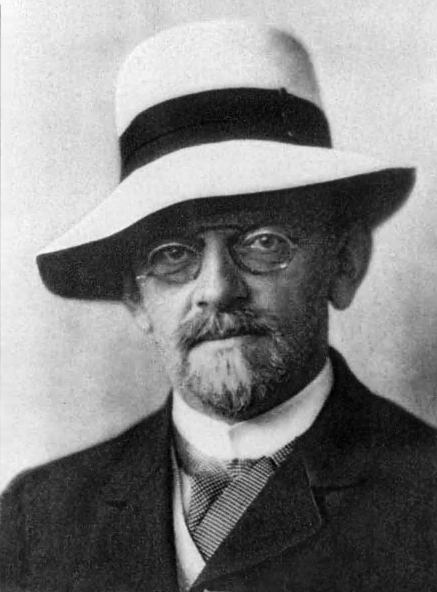
David Hilbert (1862-1943)

Bertram Russell (1872-1970)

Kurt Gödel (1906-1978)
Image from: kgs.logic.at
wikipedia -- Kurt Gödel
Image from: www.nature.com
On Formally Undecidable Propositions of Principia_Mathematica and Related Systems
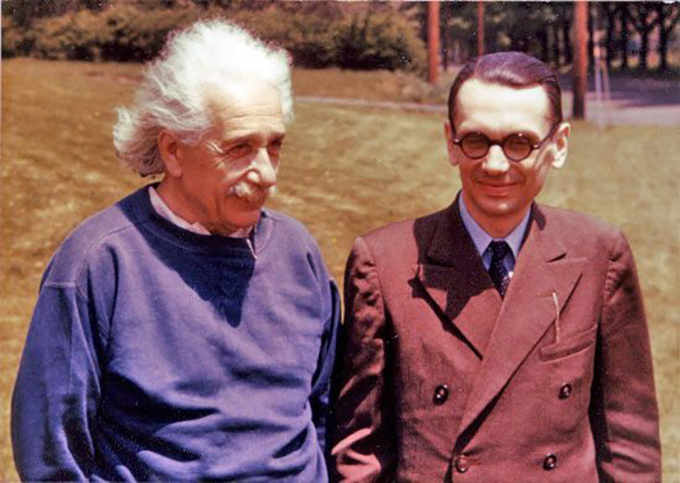
"I went to the office just to have the privilege of walking home with Kurt Gödel"
Albert Einstein
Kurt Gödel: The World's Most Incredible Mind
- http://www.youtube.com/watch?v=i2KP1vWkQ6Y
- http://www.youtube.com/watch?v=bgvxVUyVdXk
- http://www.youtube.com/watch?v=W4-O7j169D0
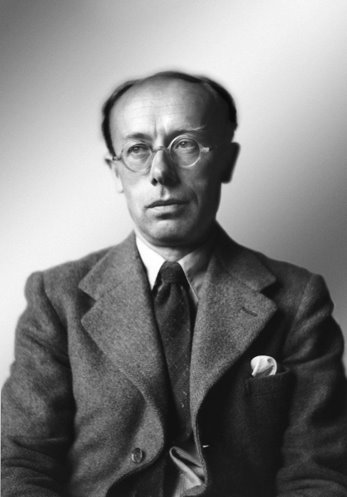
Max Newman (1897-1984)
http://en.wikipedia.org/wiki/Max_Newman
Image from: www.gchq.gov.uk
Newman's lectures at Cambridge in 1935 on Godel's Theorem inspired Turing's "On Computable Numbers..."
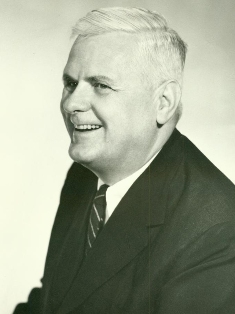
Alonzo Church (1903-1995)
Turing's thesis advisor at Princeton
http://en.wikipedia.org/wiki/Alonzo_Church
There are only four references in "On Computable Numbers..." -- two are Church's, one is Godel (the one above), one is Hobson.
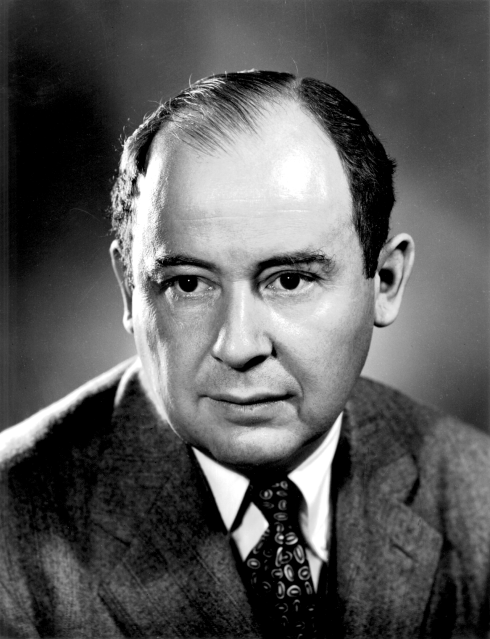
John von Neumann (1903-1957)
http://en.wikipedia.org/wiki/John_von_Neumann
First faculty member at Princeton's Institue for Advanced Studies
http://www.youtube.com/watch?v=vLbllFHBQM4 (von Neumann speaks)
The "stored program" (von Neumann architecture): "First Draft of a report on EDVAC", (PDF) June 30 1945, aka "First Draft".
Quoted by Turing in his proposal for the "Pilot Ace".
(written with no apologies or credits to John Adam Presper Ekert (1919-1995) and John Mauchly (1907-1980) )

William Thomas Tutte (1917-2002)
Image from blogspot.com
http://en.wikipedia.org/wiki/Tutte
Codebreaker at Bletchley Park during World War II. Primary worker on breaking the Lorenz cipher used by the German high command.
-

William Gordon Welchman (1906 Bristol, England – 1985, Newburyport, MA)
https://en.wikipedia.org/wiki/Gordon_Welchman
Codebreaker at Bletchley Park during World War II. Devised the idea of "traffic analysis" (who was senteing what message to whom).
One of the first four recruits in the code breaking efforts at Bletchley Park
Wrote Hut Six story: Breaking the Enigma codes Harmondsworth, England: Penguin Books.
ISBN 0-14-00-5305-0.
An early publication containing several misapprehensions that are corrected in an addendum in the 1997 edition.

Tommy Flowers (1905-1998)
http://en.wikipedia.org/wiki/Tommy_Flowers
Codebreaker at Bletchley Park during World War II. Built the "Colossus" -- the first programmable electronic computer -- used to decipher German military telegraph traffic.
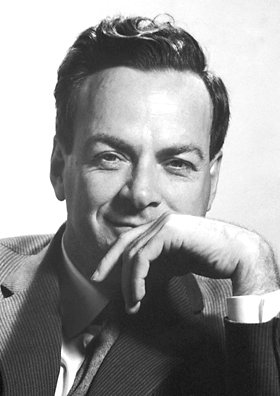
Richard Feynman (1918-1988) (von Neumann's Programmer)
http://en.wikipedia.org/wiki/Richard_feynman
"Take the world from another point of view" Parts 1-4
- http://www.youtube.com/watch?v=PsgBtOVzHKI
- http://www.youtube.com/watch?v=xnzB_IHGyjg
- http://www.youtube.com/watch?v=uNOghidK2TY
- http://www.youtube.com/watch?v=mvqwm6RbxcQ
Disrespect http://www.youtube.com/watch?v=9kirzr6lnSs
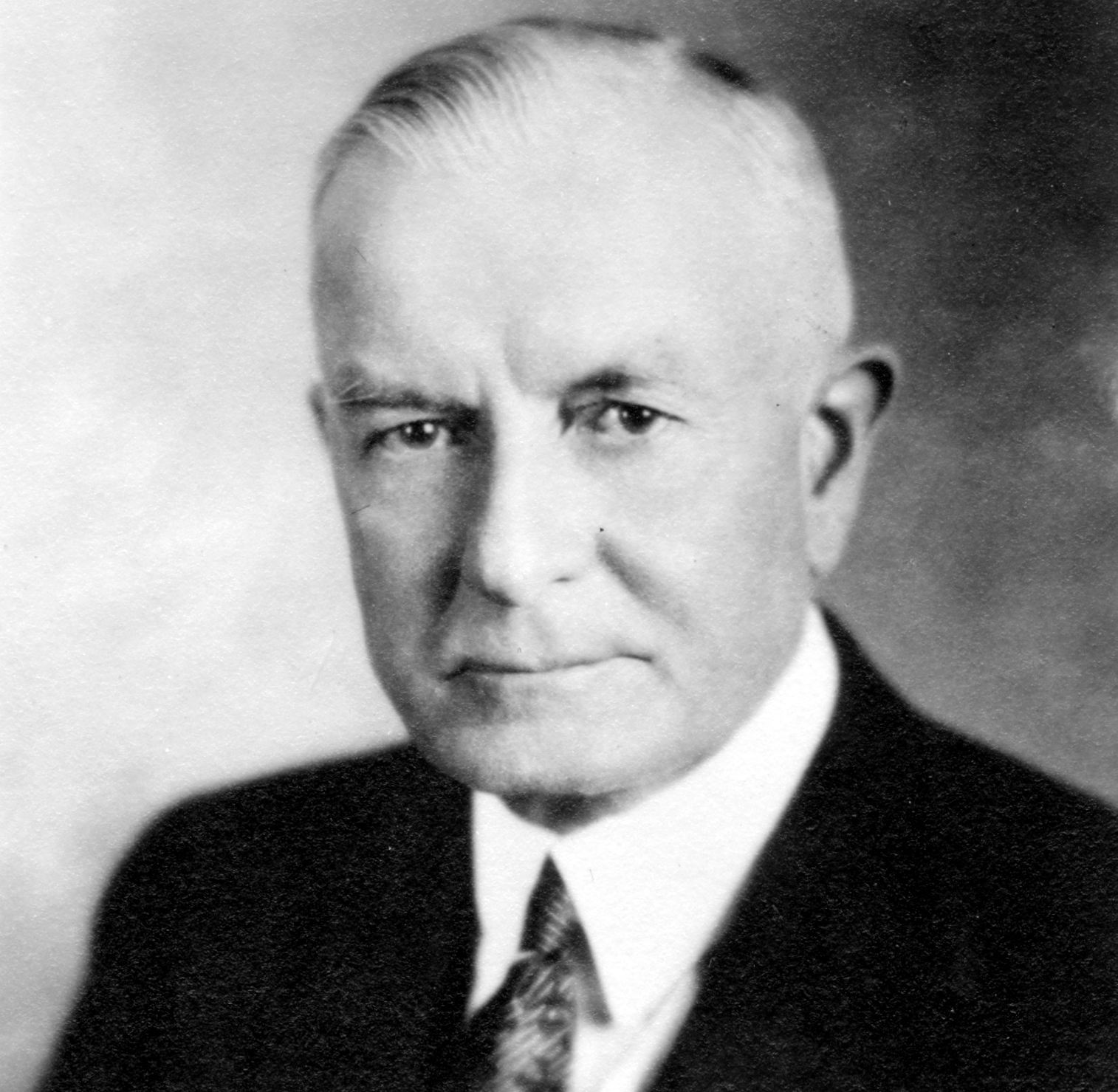
Thomas J. Watson (1874-1956)
http://en.wikipedia.org/wiki/Thomas_J._Watson,_Sr.
IBM, IBM, IBM,...
IBM's Jeopardy program Watson is named for him.

Jonathan Postel (1943-1998)
- Actually invented the Internet! RFC Editor (from 1969 until his death in 1998)
- http://en.wikipedia.org/wiki/Jonathan_Postel
- RFC 1, April 1969 IP by Steve Crocker ("Host Software" describes ARPANET)
- RFC 791, September 1981 IP by Postel (replaced 760 the DOD standard of January 1980)
- RFC 821, August 1982 SMTP (email) by Postel
- RFC 959, October 1985 FTP (File Transfer Protocol) by Postel and Reynolds
- RFC 1866, November 1995 HTML by T. Berners-Lee, et al
- RFC 2068, January 1997 HTTP 1.1 by T. Berners-Lee, et al (in use since 1990, HTTP 1.0 was RFC 1945 in 1996)
wikiquotes
Remembering Jonathan B. Postel
USC's page
ISI's memorial
The Internet Society's Tribute
Postel's Homepage

Tim Berners-Lee (1955- )
http://en.wikipedia.org/wiki/Tim_Berners-Lee
Invented the World Wide Web, founded W3C (World Wide Web Consortium), HTML, HTTP, and the first browser, (see the first web page here)

Donald Knuth (1938- )
http://en.wikipedia.org/wiki/Donald_knuth
The best programmer ever! Awesome algorithms that are fast!

Dennis MacAlister Ritchie (1941-2011)
Developed the C programming language. Developed Unix in 1969 with Ken Thompson, Brian Kernighan, Douglas McIlroy, Michael Lesk and Joe Ossanna.
http://en.wikipedia.org/wiki/Dennis_Ritchie
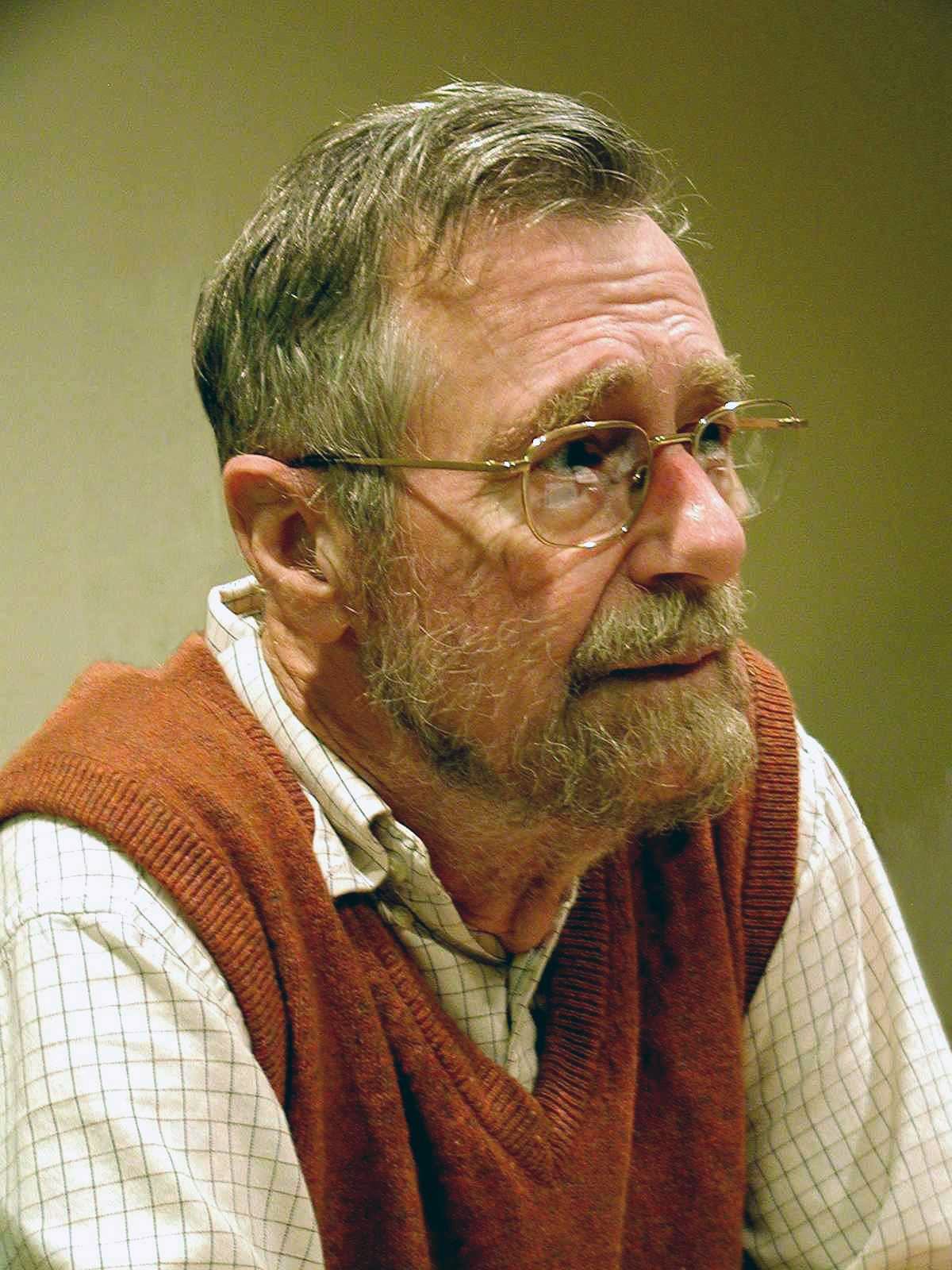
Edgar Dijkstra (1930-2002)
http://en.wikipedia.org/wiki/Edgar_Dykstra
Structured Programming came from March 1968 in a letter to the editor of Communication of the ACM: "Go To Statement Considered Harmful"
Wrote the first implementation of the ALGOL programming language in 1960.

Nicholas Wirth (1934- )
http://en.wikipedia.org/wiki/Nicholas_Wirth
1975 book Algorithms + Data Structures = Programs
Wrote the programming languages: Euler, Algol W, Pascal, Modula, Modula-2, Oberon, Oberon-2, and Oberon-07

Maurice Wilkes (1913-2010)
http://en.wikipedia.org/wiki/Maurice_Wilkes
Built the EDSAC computer at Cambridge in 1949 -- the first "stored program" computer having seen a copy of von Neumann's "First Draft of a report on EDVAC".
"As soon as we started programming, we found out to our surprise that it wasn't as easy to get programs right as we had thought. Debugging had to be discovered. I can remember the exact instant when I realized that a large part of my life from then on was going to be spent in finding mistakes in my own programs.”

John Backus (1924-2007)
http://en.wikipedia.org/wiki/John_Backus
Wrote FOTRAN programming language at IBM ["A draft specification for The IBM Mathematical Formula Translating System was completed by mid-1954. The first manual for FORTRAN appeared in October 1956, with the first FORTRAN compiler delivered in April 1957.", from wikipedia "FORTRAN"]
Created with BNF (Backus-Naur Form) with Peter Naur -- a language to represent computer syntax
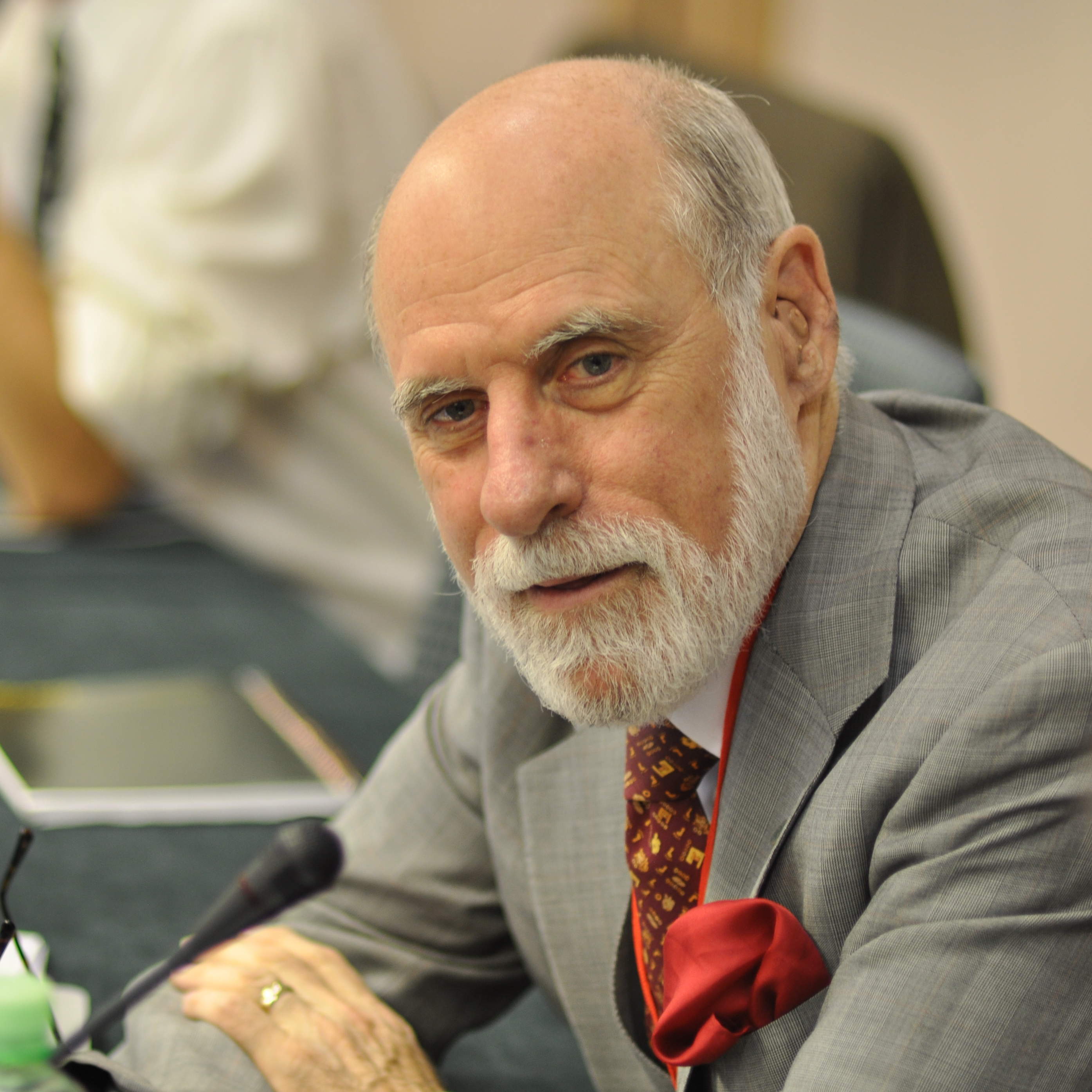
Vinton Cerf (1943- )
http://en.wikipedia.org/wiki/Vinton_G._Cerf
At UCLA worked in Kleinrock's group that connected the first two nodes of ARPANET
Program manager at DARPA funding groups that produced TCP/IP
At MCI led the engineering of "MCI Mail" the first commercial email service

Frederick Brooks (1931- )
http://en.wikipedia.org/wiki/Frederick_P._Brooks
Manager of the IBM 360 mainframe project (the best mainframe ever)
Wrote "The Mythical Man-Month"
Brook's Law: "Adding manpower to a late software project makes it later."

Adm. Grace Hopper (1906-1992)
http://en.wikipedia.org/wiki/Grace_Hopper
The Myth: the first computer bug (a moth) -- often discussed by Grace Hopper (though not actually on site when the bug was discovered). The "bug" was discovered by the team working on the Mark II computer (causing Relay #70 in Panel F to malfunction) at Harvard in 1947.
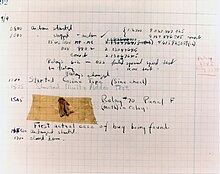
Earlier uses of the term "bug" include a letter from Thomas Edison written in 1878:
"This thing gives out and then that. ‘Bug’—as such little faults and difficulties are called—show themselves, and months of anxious watching, study, and labor are requisite before commercial success—or failure—is certainly reached."

Peter Naur (1928- )
http://en.wikipedia.org/wiki/Peter_Naur
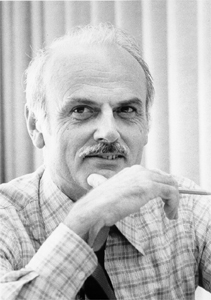
Edgar Codd (1923-2003)
http://en.wikipedia.org/wiki/Edgar_F._Codd
Born in 1923 on the Isle of Portland. He was educated at Exeter College Oxford. In 1948 moved to New York and worked for IBM. Received a PhD in computer science from University of Michigan in 1965. In 1970 he wrote his seminal work on the "relational database model" [E.F. Codd, "A relational model of data for large shared data banks". Communications of the ACM, 1970 Vol. 13, No. 6, p. 377.

Dan Bricklin (1951- )Received an undergraduate degree in EE and computer science from MIT. In 1979 while working on his MBA at Harvard he co-developed VISICAL with Bob Frankston. VISICALC was the predecessor of virtually all the PC spreadsheets (Lotus 1-2-3 written in 1983 by Jonathon Sachs at Mitch Kapor's Lotus Development Corporation and ultimately Microsoft Excel spreadsheet first released in 1985 that overtook Lotus 1-2-3 by 1987)



 The Alan Turing Home Page by
Andrew Hodges
The Alan Turing Home Page by
Andrew Hodges
 Turing at Wikipedia
Turing at Wikipedia
 Enigma at Wikipedia
Enigma at Wikipedia
 Queen's Pardon, Guardian Dec 2013, NY Times, NBC
Queen's Pardon, Guardian Dec 2013, NY Times, NBC


























